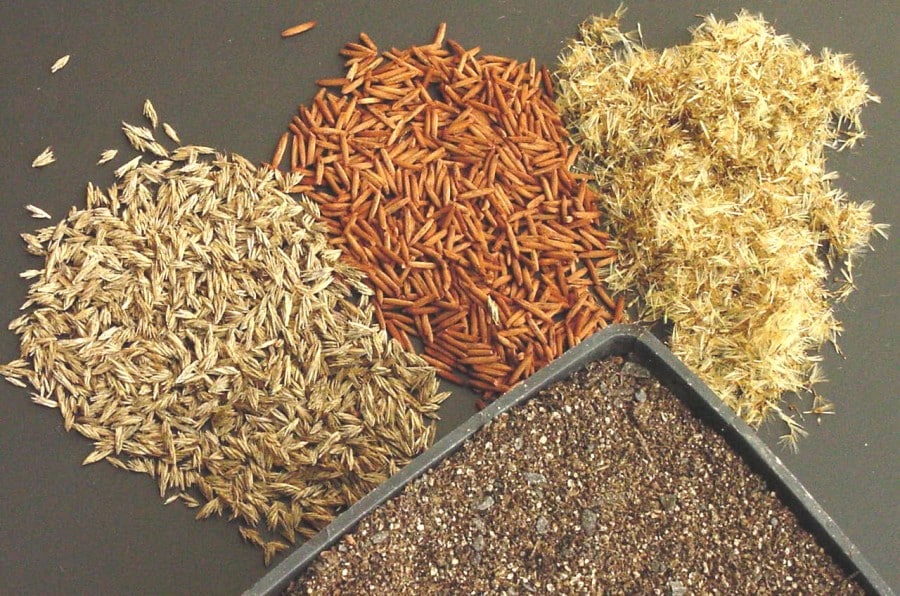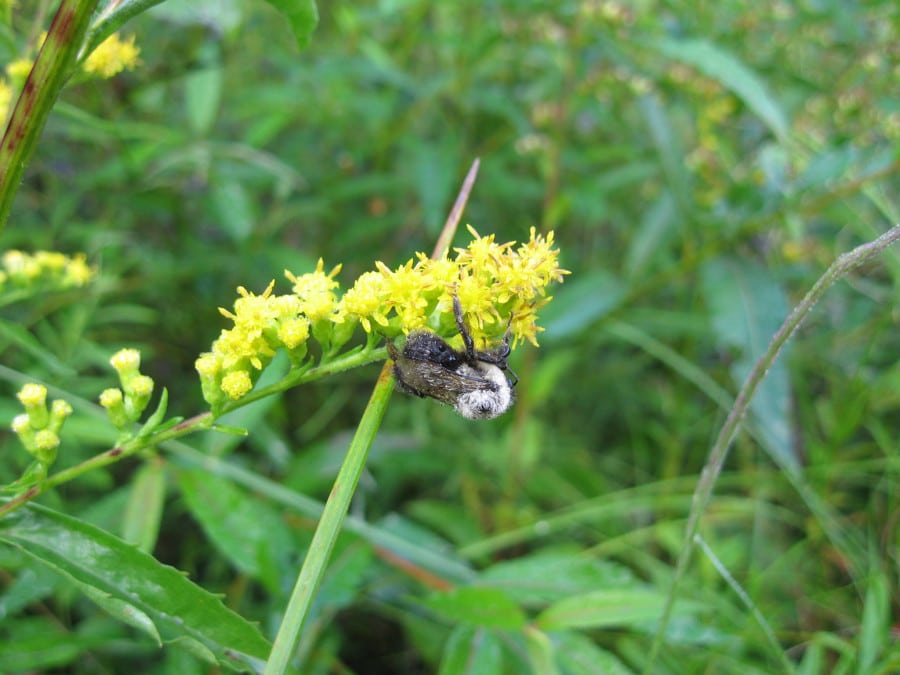Seeds are a wonderful thing. They are so small and hard and shiny (or not – they can be large or fluffy too). You hold them in your hand and they provide the promise of a garden – of color and interest – of a rare plant – or a specimen plant that you have been wanting for so long. I love seeds.
Seeds are embryos waiting to become plants. A little soil, a little moisture and the right temperature and they grow into something wonderful. Of course, some seeds are a little more challenging. Some seeds need to be treated just right or the promise of a plant is broken.
In New England our native plants expect there to be a winter – or cold period in order for the seeds to break dormancy and germinate. The most reliable way to germinate them is to provide 90 days of cold temperatures, move them to a warm location (or allow the changing seasons to warm them) and they germinate. Some seeds are easy and germinate without any cold period – sow them in a warm location and they pop right out of the ground. The trick is then to hold on to them until the soil outside is warm enough for them to be planted. Easy seeds should be started in late February or March so you reduce the time between germination and planting in the garden.
Some seeds are down-right tricky. In my years of collecting and germinating seeds I have found that seeds borne in berries can be a challenge. These seeds need to be cleaned while the fruit is still fresh – I usually rub the berries gently over a screen while running water over them. All of the flesh needs to be removed (it is ok to scrape or scarify the seed coat a little while rubbing it on the screen). Then the seeds must be sown IMMEDIATELY in a soil mix. For easy seeds I just use a bag mix of seed starter. This is usually a peat and perlite or peat and vermiculite (peat-lite) mix. For these berry seeds I find it is best to have some garden soil in the seed tray. Garden soil is full of creatures that also help to remove the seed coat and aid the seeds in germination. Members of the buttercup family (Ranunculaceae) need this special kind of attention.
As a seed-aholic I don’t feel that I really know a plant until I grow it from seeds. I may not need any more of a plant species – but if I get seeds, I WANT to grow it. Growing trees and shrubs from seeds is a long process – not only do they have to germinate, but I have to raise them to a suitable size to plant into the garden where they will thrive. But I WANT to grow these trees and shrubs – because I have collected the seeds.
It is seed catalog time in my mailbox. Even though some of those catalogs do not have plants that I want to plant here at Norcross (or even in my own garden), I MUST read them – I must look to see if there is something new or unusual. I will admit that after years of having hundreds of plants that I wasn’t sure where to plant that I have learned to curb my desire for MORE SEEDS. But I still love to flip through the pages of the catalogs to see if there might be something new for me to try.
For more information about seed germination visit our website www.norcrosswildlife.org, click on Wildlife Sanctuary, Flora and Fauna, Our Flora. Then go to Native Plants and Wildflowers.



